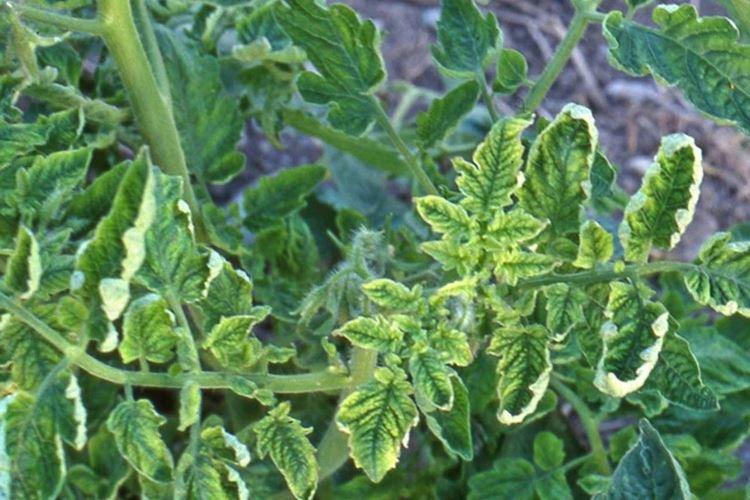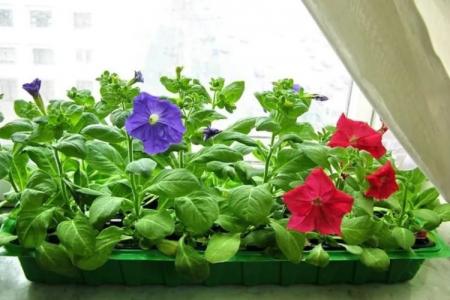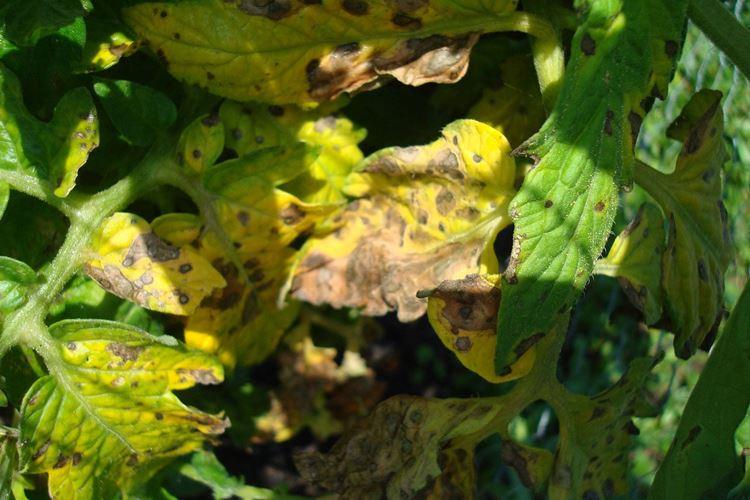
Of all the vegetable crops, tomatoes are one of the most popular. They are even grown at home on balconies and window sills, to say nothing of beds or greenhouses. There are more and more varieties with high immunity, but even they are still sick. And the first thing most diseases affect the leaves!
Bumps and bumps on the leaves
In addition to spots, bumps, growths, pimples and other incomprehensible formations may appear on the leaves. This doesn't happen very often with tomatoes, but it's better to prepare!
- Gallic aphid leaves tubercles on the leaves in those places where it equips the masonry;
- Large plaques of the same color as the leaves often remain if scale insects have settled on the tomatoes;
- Seedling leaves are covered with small pimples after hypothermia or a sharp change in conditions;
- When planting tomatoes in a greenhouse - swellings and growths appear due to metabolic disturbances, because the soil is warm and the air is cold;
- Small lime bumps are dropsy or oedema, which manifests itself due to hypothermia, overflow or lack of light.
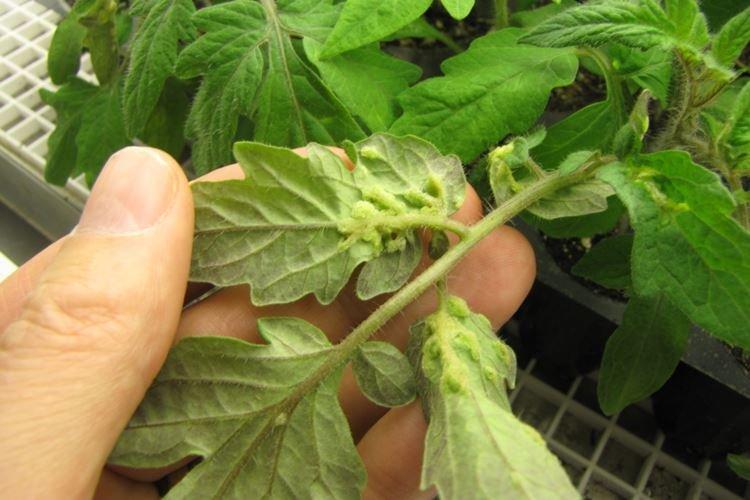
Leaves turn yellow and dry
Many gardeners do not pay attention to the yellowness of tomato leaves, because they consider it a completely natural process. But this is not always the case, so it is better to play it safe and exclude less pleasant reasons.
- The leaves of tomatoes turn yellow after hypothermia in the ground, when hardening seedlings or on the balcony;
- If the tomatoes lack moisture, they turn yellow and dry, and if there is too much water, they turn yellow and rot;
- Lack of sun leads to disruption of photosynthesis and chlorosis. And its excess can cause burns or stress in young and sensitive seedlings;
- The veins remain green and the leaves turn yellow if the tomatoes lack iron. But with a sulfur deficiency, the veins turn red;
- The leaves turn yellow, and the veins turn brown or purple with mycoplasmosis. In this case, the upper shoots first suffer;
- The lower leaves turn yellow and wither if the soil is too poor and fertilizers are urgently needed;
- Mosaic yellow spots may look and diverge differently because there are several types of mosaics. But in any case, it is an incurable virus, and the affected tomatoes will have to be destroyed.
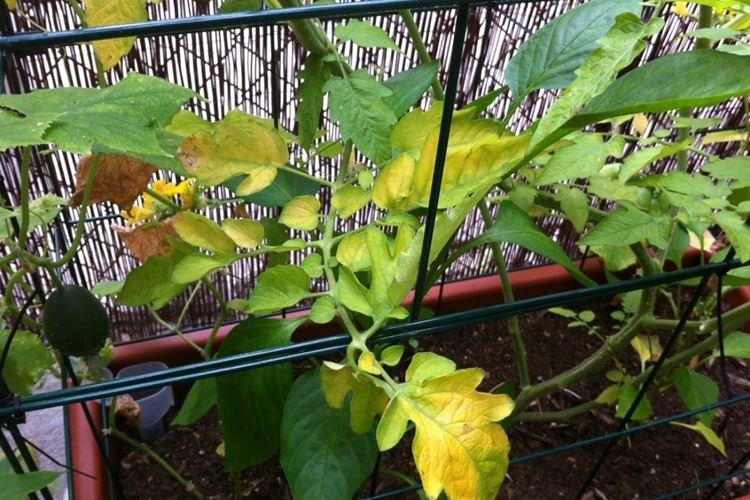
Brown spots on tomato leaves
Dark spots of all shades from red to brown remain due to fungus, bacteria or viruses. In the initial stages, the fungus is successfully treated with fungicides, but with more serious diseases, everything is not so simple.
- Brown spots that rapidly spread over all leaves, and then become covered with bloom - a sign of phytophthora;
- Due to bacterial spotting, the affected areas gradually soften and turn into ulcers;
- Due to bacterial cancer, in addition to spots on the leaves, ulcers and tumors spread through the tomatoes. It is impossible to cure such a plant, so it must be destroyed as soon as possible;
- If the root system of tomatoes is destroyed by nematodes, this manifests itself in the form of asymmetric brown spots with yellowness and curved stems;
- If on the reverse side the brown spots are covered with a velvety bloom of olive color, this is cladosporiosis.

The leaves of tomatoes turn black
The leaves of young tomato seedlings may turn black due to agricultural violations, because the seedlings are very sensitive to conditions. In other cases, these are symptoms of much more dangerous and sometimes incurable diseases.
- Spots of a dark, almost black or graphite shade are a sign of brown spot. They are brown at first, but darken very quickly;
- Alternaria provokes the appearance of black necrotic foci on tomatoes;
- Cercosporosis more often affects peppers and eggplants, but poses a threat to tomatoes.In this case, the spots are black, with a whitish middle and a greenish halo.
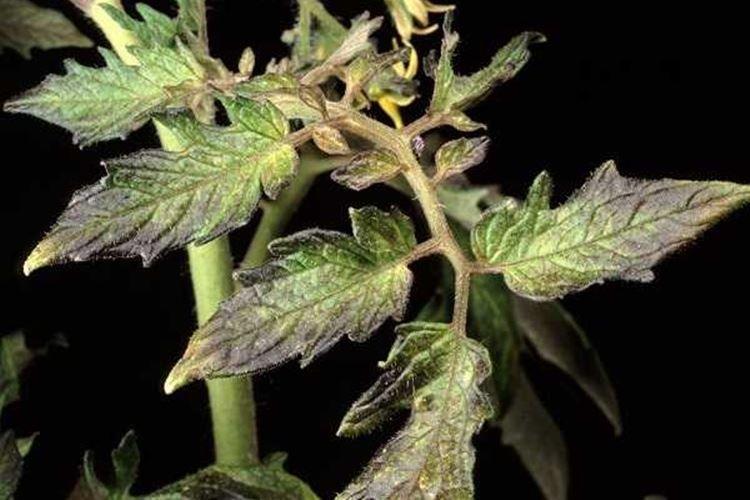
White bloom on tomato leaves
Periodically, the leaves of tomatoes are covered with a thin whitish cobweb - but it has nothing to do with spiders. But if the plaque looks soft and velvety, it is fungal spores.
- That very cobweb around leaves and shoots is created by a spider mite. A scattering of small black bugs usually hides at the base of large leaves;
- Powdery mildew is the main and most common cause of white bloom, and it affects almost all cultures;
- Downy mildew almost does not differ in symptoms and is treated with the same fungicides. She just has a different pathogen and is darker;
- Gray rot also leaves faded spots with a light and seemingly soft bloom. But in this case, they are rather grayish, which is obvious from the name.
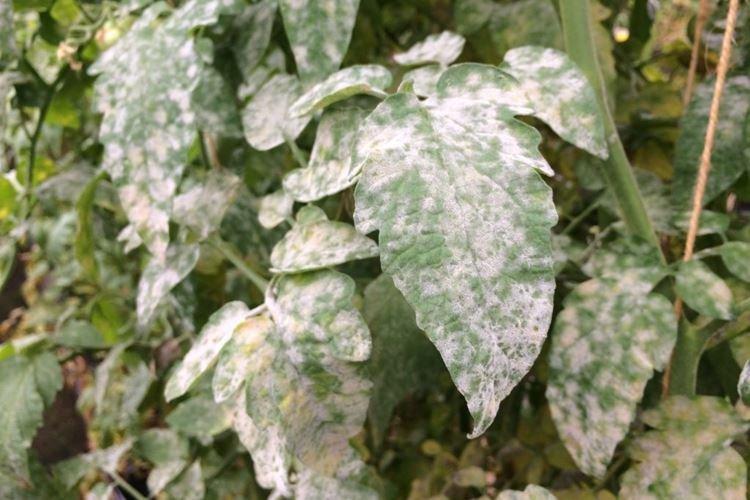
Pale and light leaves
Older leaves can fade as the plant directs resources to more promising parts. But if the tomatoes fade haphazardly or evenly - perhaps the reason is different.
- Tomato leaves turn pale and wither if they lack manganese;
- With a nitrogen deficiency, the green mass immediately grows faded and weak;
- Some types of mosaics can provoke not yellow, but white spots;
- In case of violations of temperature and humidity conditions, drafts or frosts, tomatoes can also brighten.
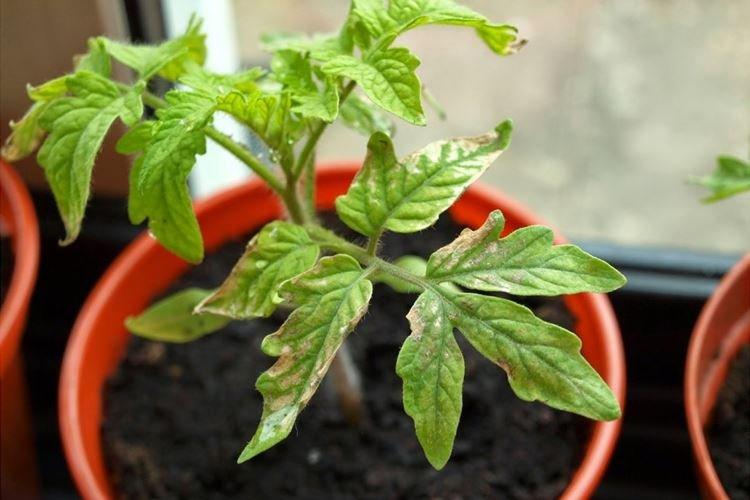
Tomato leaves curl
Leaves can deform in almost any way, so be sure to take a good look at them. Worst of all, when they immediately grow damaged or malformed - perhaps the virus has already infected the tomatoes at the cellular level.
- The leaves turn yellow, dry out and curl from the tips if the tomatoes are acutely lacking in calcium;
- With a lack of boron, the leaves are deformed from the base, and not from the tips;
- Lack of light and air often leads to deformation and twisting. This happens when the planting is very thickened and the intervals between the seedlings are not observed;
- Verticillosis leads to the fact that tomato leaves wither, curl up, dry out, but do not fall off.
